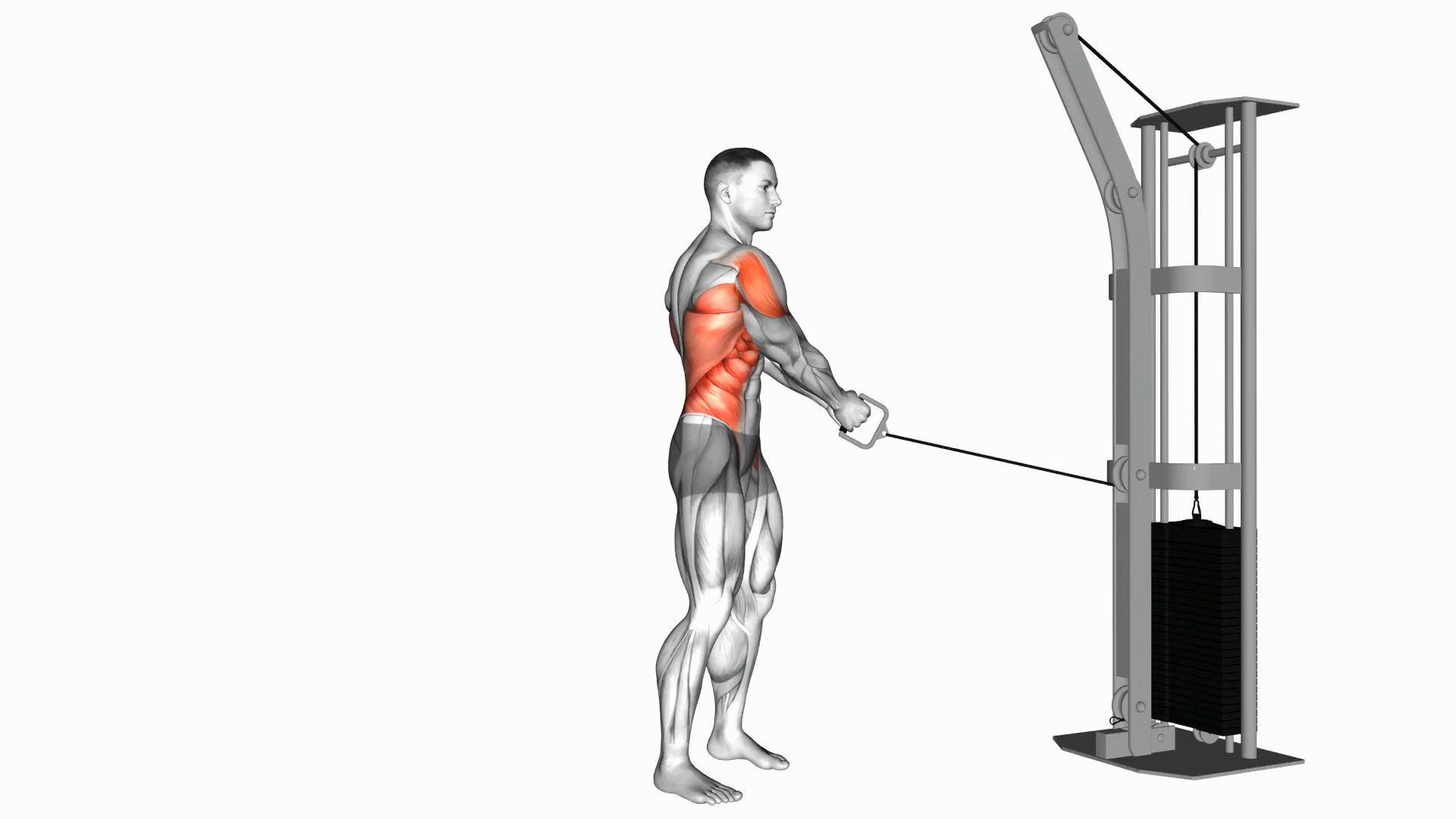The Ultimate Guide to the Band Rotation

Band rotation is an amazing exercise that targets numerous muscles, specifically those in your core and upper body. It's a versatile, low-impact exercise that can significantly enhance your core strength, mobility, and performance. In this ultimate guide, you will learn everything you need to know about the band rotation exercise.
In this guide, you'll learn:
- What the band rotation exercise is and who can benefit from it
- The anatomy and muscles worked by the band rotation exercise
- The key benefits of the band rotation exercise
- How to correctly perform the band rotation exercise
- Pro tips to get better results
- Common mistakes to avoid when performing the band rotation exercise
- Programming strategies for the band rotation exercise
- Variations and progressions of the band rotation exercise
- When and why to use the band rotation exercise
🔍 What Is the Band Rotation?
Band rotation is an exercise that uses a resistance band to work your core and upper body muscles. It's an excellent exercise for anyone looking to improve their core strength, mobility, and overall performance, especially athletes and people who engage in physical activities regularly.
🧠 Anatomy and Muscles Worked
Primary Movers
- Obliques: These muscles on the side of your abdomen contract and rotate the torso during the band rotation.
- Rectus Abdominis: This muscle, often referred to as the "abs," is engaged throughout the exercise to stabilize your core.
Secondary/Supporting
- Deltoids: These shoulder muscles assist in the rotation and help stabilize your upper body.
- Hip Flexors: These muscles help to stabilize your lower body during the movement.
✅ Benefits of the Band Rotation
- Core Strength: The band rotation is an excellent exercise for developing core strength, which is vital for overall body stabilization and performance.
- Mobility: This exercise enhances rotational mobility, which can improve movement in sports and everyday activities.
- Balance: By working your core and stabilizing muscles, the band rotation can improve your balance.
- Versatility: The band rotation can be performed anywhere with a resistance band, making it a versatile addition to your workout routine.
🛠️ How to Perform the Band Rotation (Step-by-Step)
Setup
- Attach a resistance band to a stable object at about waist height.
- Stand sideways to the anchor point with your feet shoulder-width apart.
Execution
- Hold the band with both hands, arms extended in front of your body.
- Rotate your torso away from the anchor point, keeping your arms straight and your core engaged.
- Slowly return to the starting position and repeat.
Reps
Perform 10-15 reps on each side for 2-3 sets.
🧠 Pro Tips for Better Results
- Keep your core engaged throughout the movement to protect your lower back.
- Maintain a steady, controlled motion, avoiding any jerky or rapid movements.
- Breathe out as you rotate and breathe in as you return to the starting position.
- Keep your feet firmly planted on the ground to maintain balance.
❌ Common Mistakes to Avoid
| Mistake | Why It’s Bad |
|---|---|
| Rushing the Movement | It can lead to improper form, reducing effectiveness and increasing injury risk. |
| Not Engaging the Core | It can place unnecessary strain on your lower back. |
| Overextending the Arms | It can lead to shoulder strain or injury. |
🧬 Programming Strategies
Core Strength
Perform 3 sets of 10-15 reps on each side, with a medium resistance band. Rest for 30-60 seconds between sets.
Hypertrophy
Perform 4 sets of 8-12 reps on each side, with a heavy resistance band. Rest for 60-90 seconds between sets.
Rehab & Stability
Perform 2 sets of 15-20 reps on each side, with a light resistance band. Rest for 30 seconds between sets.
🔁 Variations and Progressions
| Variation | Purpose |
|---|---|
| Standing Band Rotation | This variation increases core engagement and balance. |
| Kneeling Band Rotation | This variation focuses more on the obliques and reduces hip involvement. |
🧱 When to Use the Band Rotation
- To improve core strength and stability
- As part of a warm-up or cool-down
- To enhance rotational mobility and balance
- As part of a full-body workout or circuit
In conclusion, the band rotation is a versatile, effective exercise that can benefit everyone, from athletes to individuals rehabilitating from an injury. It's not just about building strength or improving performance, but also about moving mindfully and creating a strong, balanced body. So, grab a resistance band and start rotating!